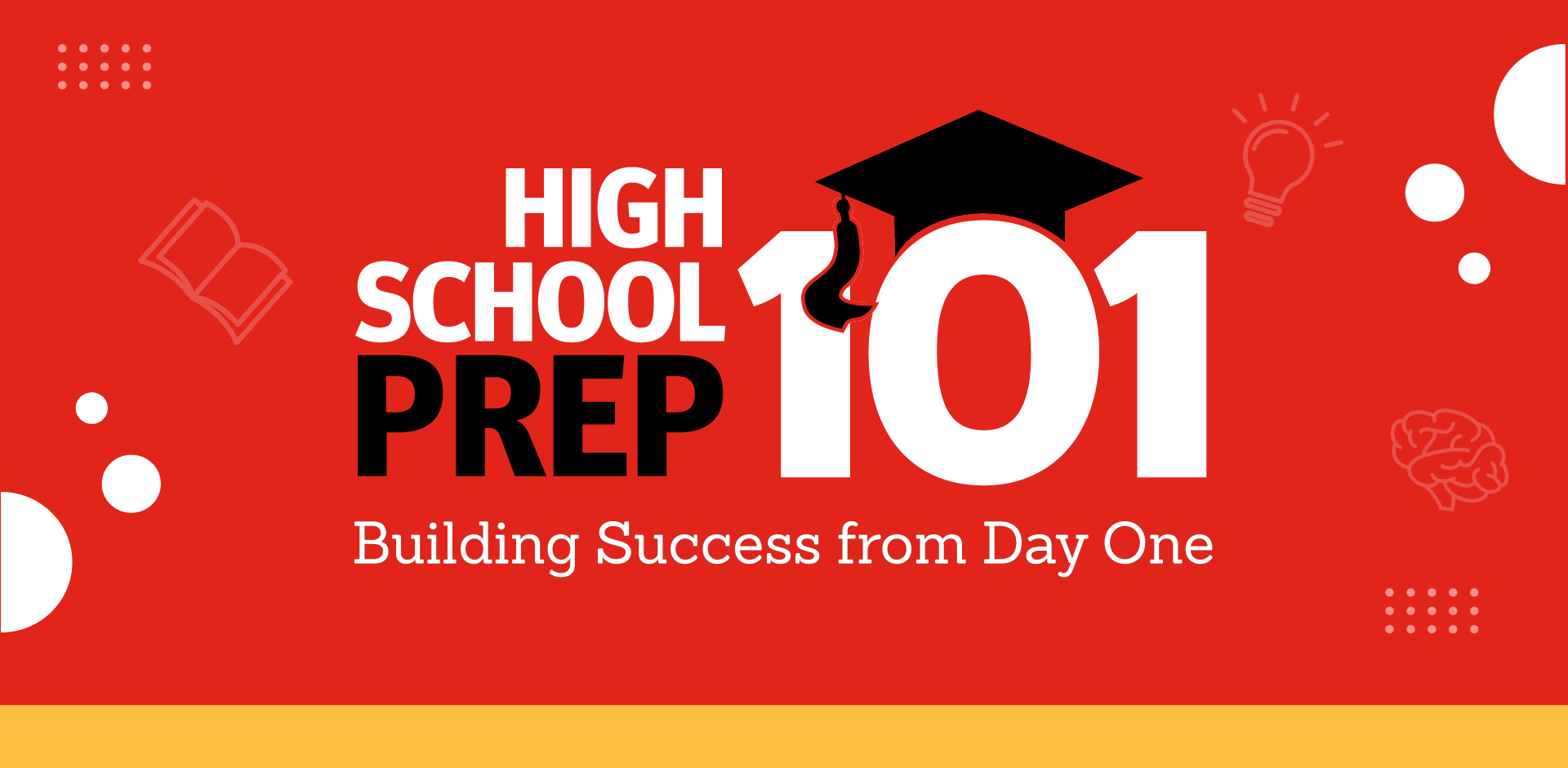August 23, 2023

It isn’t the most exciting part of the process, but an essential part of applying for college is knowing deadlines. You may limit your opportunities if you do not get the materials in on time.
In this blog, we’ll provide a brief introduction to some of the important kinds of deadlines that most colleges offer that every student should keep in mind during their journey: Early Action; Early Decision; and Regular Decision. We’ll explain what these terms mean and the distinct advantages that each offers when it comes to ensuring that a student’s application can accommodate their unique needs and circumstances.
In doing so, we’ll provide you with the information you or your student need to make an informed decision about the application process.
Early Action
Early Action refers to a non-binding application option that offers students the opportunity to submit their applications ahead of the regular deadline. This deadline typically falls in November or December.
Submitting an application in this way offers a few major advantages. First, Early Action can demonstrate a student’s strong interest in a college. It signals to an admissions office that you are invested and engaged. Early Action can also provide you with an early response to your application, giving you ample time to plan and make decisions. Generally, you can apply to multiple colleges using Early Action and, even if accepted, you have no obligation to accept the offer, allowing you to compare offers from different institutions.
However, some colleges impose restrictions on students who apply Early Action. For example, students who apply Restrictive Early Access to the University of Notre Dame may not apply to any college or university (private or public) in their binding Early Decision 1 program. This application period can also be highly competitive, as it tends to attract many high-achieving students.
Early Decision
Early Decision, meanwhile, is a binding application option. If you are accepted, you are obligated to attend. The deadline for Early Decision applications is usually around November.
Applying Early Decision demonstrates a student’s total commitment to the college. As such, Early Decision applications tend to have a higher acceptance rate relative to Regular Decision due to the college’s desire for a strong, committed student body. Early Decision can also provide students with some relief, allowing them to know that they’ve been accepted earlier and make informed plans.
The binding nature of Early Decision means you must withdraw applications from other colleges if accepted. It’s crucial to only apply Early Decision if you are absolutely sure about attending that specific college, as you are committed to enroll if accepted. Financial aid packages might not be as competitive, as you lose the ability to compare offers from different institutions.
Regular Decision
Finally, Regular Decision is the standard application deadline and typically falls in January or February. Regular Decision offers more time to prepare your application, allowing students to carefully craft essays and gather recommendations. It also gives a student the opportunity to thoroughly research and compare various colleges before making a decision. Financial aid packages offered through the Regular Decision period can also be more competitive, as institutions have a larger pool of applicants to choose from.
However, students should know that the response time for Regular Decision applications is later than that of Early Action or Early Decision, potentially causing more stress as you await responses. Depending on the institution, the acceptance rates might be slightly lower due to the larger applicant pool.
***
Selecting the right application deadline is a critical step in your college application process. Early Action, Early Decision, and Regular Decision each have their unique advantages and considerations. Consider your level of commitment to a specific institution, your desire for an early response, and your financial aid needs when choosing the best path for you.
Regardless of the route you choose, remember we are here to help. Reach out to us if you have any questions about this or other aspects of the college application process.

April 26, 2024
We all know that attending college is rarely ever a snap decision, like a spur-of-the-moment journey undertaken by grabbing a compass and tossing a few necessities into a backpack. Preparing for college involves years of thoughtful and dedicated planning to map out the best route, acquire and exercise the necessary skills, and navigate the complexities […]
Read More >
June 1, 2023
Blossom Time has been a staple of the Northeast Ohio community since 1956. Organized by the Chagrin Valley Junior Chamber of Commerce, better known as the Jaycees, Blossom TIme provides an opportunity for people to come together to enjoy food and drink, musical performances, balloon races, and other activities each Memorial Day Weekend. At its […]
Read More >
May 5, 2023
For some high school students asking for a letter of recommendation can be a daunting task. It means asking for help. It means going to a teacher and/or counselor and asking them to write about your talents and abilities for a college admissions board. As difficult as this process can be, it’s essential for anyone […]
Read More >